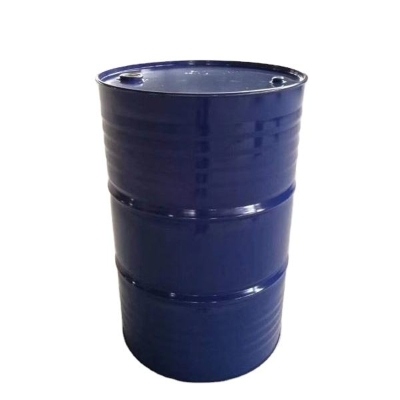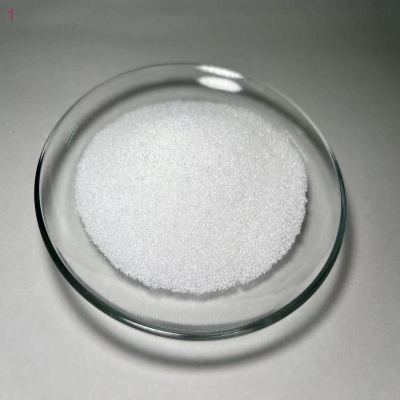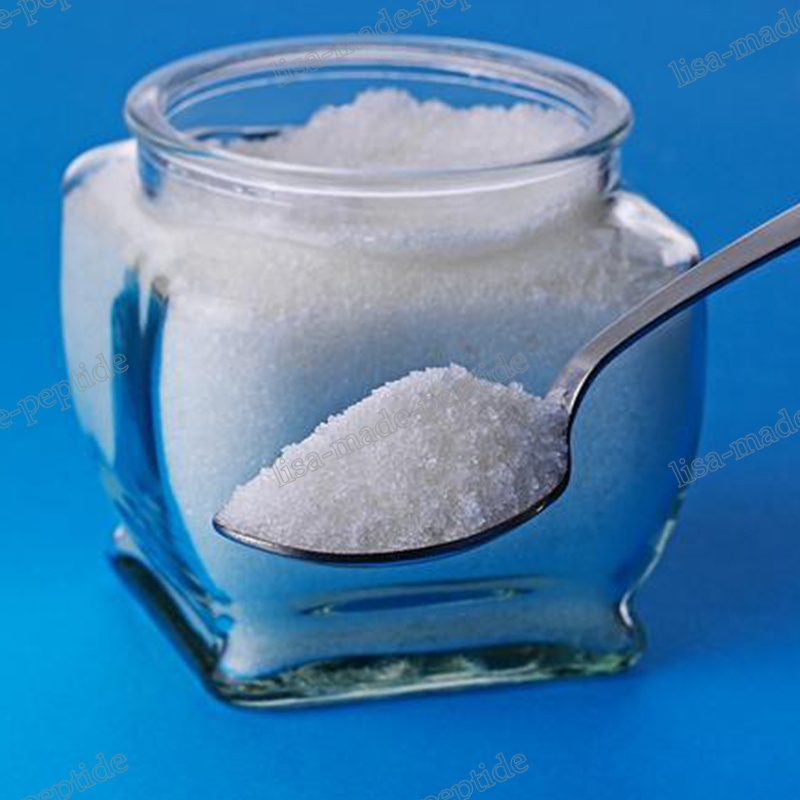-
Categories
-
Pharmaceutical Intermediates
-
Active Pharmaceutical Ingredients
-
Food Additives
- Industrial Coatings
- Agrochemicals
- Dyes and Pigments
- Surfactant
- Flavors and Fragrances
- Chemical Reagents
- Catalyst and Auxiliary
- Natural Products
- Inorganic Chemistry
-
Organic Chemistry
-
Biochemical Engineering
- Analytical Chemistry
-
Cosmetic Ingredient
- Water Treatment Chemical
-
Pharmaceutical Intermediates
Promotion
ECHEMI Mall
Wholesale
Weekly Price
Exhibition
News
-
Trade Service
Standard number, standard name
Standard number, standard nameGB/T 39514—2020 "Definitions, Terms and Labeling of Bio-based Materials"
Standard setting background
Standard setting backgroundBio-based materials refer to materials that use biomass as raw materials or (and) bio-manufactured materials, including bio-alcohols and organic materials that use biomass as raw materials or (and) prepared through biosynthesis, bioprocessing, and biorefinery processes.
Bio-based materials are a strategic emerging industry in China and are included in the new materials field of "Made in China 2025"
The main content of the standard
The main content of the standardGB/T 39514-2020 "Definitions, Terms and Labeling of Bio-based Materials" specifies the terms, definitions, and labeling requirements for bio-based materials
In the process of formulating this standard, the standards were regulated in accordance with relevant international and domestic laws and regulations and current standards, and opinions were fully sought to determine that a scientific and applicable standard has been formed, which is beneficial to R&D institutions, testing institutions, production and processing Enterprises can better carry out related work
Significance of standard implementation
Significance of standard implementationOn the one hand, the formulation of standards further improves the standard system for bio-based materials.
Bio-based materials are gradually becoming another emerging leading industry leading the technological innovation and economic development of the contemporary world due to their green, environmentally friendly, and resource-saving characteristics







